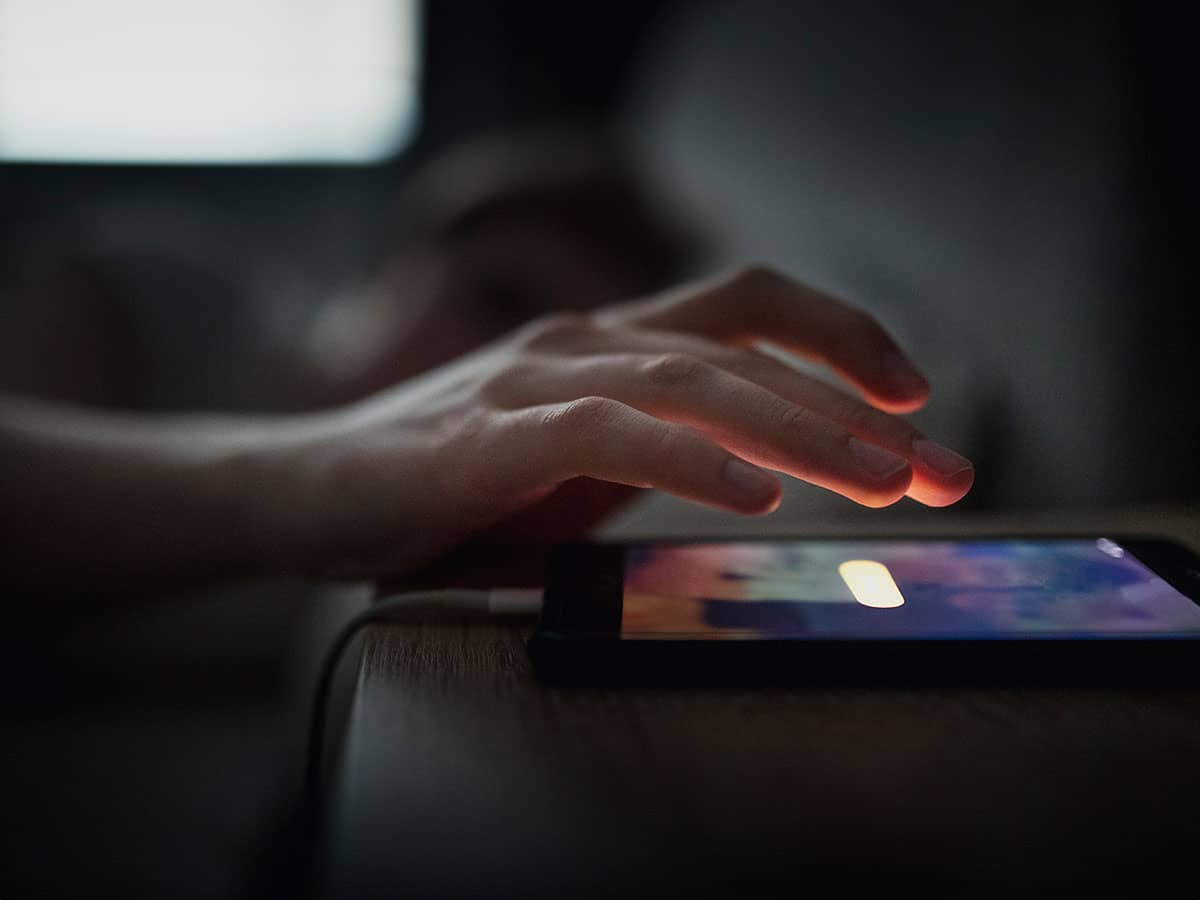Although our world has been shaped largely by the intuitive moments of scientists and mystics, artists and therapists, little attention has been paid to those moments themselves. Do intuitions arrive instantaneously and fully formed? Or is there in these seemingly random events a pattern of unfolding that we can learn to recognize and perhaps help along?
To find out, Francisco Varella and I working at the Institut Nationale des Telecommunications in Paris, identified 24 people who had experienced vastly different kinds of intuition: eight psychotherapists from different schools who had intuitions either about themselves or their patients; an economist who used intuition to find errors in research reports; an astrophysicist who intuitively came up with a new understanding of quantum mechanics; two artists (a photographer and a painter)whose work had been shaped by creative intuitions; and finally a group of people who had experienced intuitions in daily life, including a woman who knew from a distance that her Paris apartment was on fire.
Our next step proved very difficult: to conduct an interview so rich in detail--complete with remembered sounds, tastes, and smells--that it allowed the subjects to relive their intuitive experiences. For most, the experience being recalled became more real than the present moment of being interviewed. We then stripped down the transcripts of those interviews. We removed the context and the content of the intuition, along with any judgments or beliefs about it. Our goal was to isolate the actions that contributed to the appearance of the intuition and that pushed it along. As we first reported in the Journal of Consciousness Studies (Volume 6, 1999), we found "an established succession of very precise interior gestures with a surprising regularity from one experience to another and from one subject to another." In other words, a pattern emerged.
, or deep rooting, or interior self-collecting, that is, a slowing down of mental activity, which makes it possible to reach the intuitive state of consciousness (described in 22 of 24 interviews). For some, access to this calm state was facilitated by daily practices such as meditation, prayer, or visualization. For others, it came about through renunciation, when the person "hit bottom" and opened up, while for still others intuition came at the moment between waking and sleep.
A Gesture of Connection
, which makes it possible to enter into contact with the object of the intuitive knowledge: another human being, an abstract problem, a situation (described 14 times). For some, this connection came literally through touching the other person. For others, the sense of connection came through the heart, the stomach, or the spinal column. Some subjects had the feeling of extending themselves and being absorbed into the other. Once established, the connection itself may seem more real than the subjects it links.
A Gesture of Listening
, with an attention that is at the same time panoramic and very discriminating (described 13 times). The attention that characterizes intuitive listening is above all turned inward to internal processes. It means listening to the repercussions of the sensations, the thoughts of the other inside oneself. "I focus on myself in order to receive the echo of the other." Listening in a receptive way means not trying to recognize the sensations or identify them immediately, or to pull out the information at all costs.
The Pre-Intuition
Those who have had the most experience with intuition are most likely to report an "empty passage," or moment of confusion, obscurity, or silence preceding the intuition. The intuition can surge forth as an image, a kinesthetic sensation, a sound, a word, or even a taste or an odor, most often in several simultaneous or successive forms. The woman whose Paris apartment burned first saw an image of being inside her apartment. Next her throat tightened and she had a feeling in her solar plexus that something wasn't right. She then said to herself that it was "really too hot in Paris."
The experience of intuition comes in a moment of passivity. Subjects report that "it is given to me," that "it doesn't depend on me." What follows the moment of intuition is often a feeling of obviousness or certitude and a feeling of coherence or meaning.
The Post-Intuition
At the moment the intuition emerges into consciousness, several interior attitudes are possible. The first is to chase away the sensation, which sometimes means that the sensation continues to develop outside of consciousness and reappears when it has been transformed into a violent indisposition or disease. The second is to grasp the intuition, either by weighing it down with emotions or interior commentaries that will disturb listening or by immediately seeking to give it a defined outline, to recognize, understand, and interpret it--all of which have the effect of fixing it, stopping it.
The third possibility is to welcome the sensation, this burgeoning thought, in silence, confidently letting it ripen and take form by itself. One of the scientists described the process of maturation of his idea as "in a way contemplating one's own development of this idea."
Personal Thresholds
The intuition does not always emerge in an immediately understandable form. Most often it caresses the consciousness as a hazy image, a vague sensation. The threshold of awareness of the sensation varies considerably from one person to another and essentially depends on the degree of practice in pre-intuitive gestures. The more a person practices bringing on the calm and listening with the special mode of attention that characterizes intuitive listening, the more precocious will be the awareness, the more subtle will be the sensations received. According to the people with the most experience, intuitions are always present; the only variable is the attention we bring to them.
Originally published in Spirituality & Health--The Soul/Body Connection (R). Online at http://www.SpiritualityHealth.com. For a free trial issue of the print magazine: http://www.spiritualityhealth.com/about/prmg.html
.

